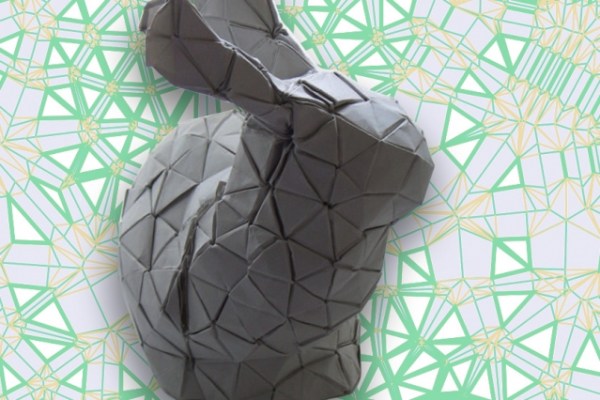They say if you fold 1,000 origami cranes out of individual sheets of paper your deepest wishes will be granted. I tried it once – I was a lonely college kid – and I ended up with pink eye. However, a new paper out of MIT describes a way to possibly make 1,000 origami cranes out of one piece of paper, a unique feat that is now a possibility thanks to a new origami algorithm.
Computer science has long struggled with computational origami. In 2008 Tomohiro Tachi first piece of software that can create folding patterns, usually out of long strips of paper. The new algorithm, however, uses a simpler, large sheet of paper and is more “watertight,” meaning it has more folds and fewer joints.
“The new algorithm is supposed to give you much better, more practical foldings,” said one of the researchers, Erik Demaine. “We don’t know how to quantify that mathematically, exactly, other than it seems to work much better in practice. But we do have one mathematical property that nicely distinguishes the two methods. The new method keeps the boundary of the original piece of paper on the boundary of the surface you’re trying to make. We call this watertightness.”
The algorithm, which will be added to the folding software to improve the system, means you can fold nearly anything – including the 1,000 simple cranes – with a big enough piece of paper.
“What was known before was either ‘cheating’ — winding the polyhedron with a thin strip — or not guaranteed to succeed,” said math professor Joseph O’Rourke. “Their new algorithm is guaranteed to produce a folding, and it is the opposite of cheating in that every facet of the polyhedron is covered by a ‘seamless’ facet of the paper, and the boundary of the paper maps to the boundary of the polyhedral manifold — their ‘watertight’ property. Finally, the extra structural ‘flash’ needed to achieve their folding can all be hidden on the inside and so is invisible.”
